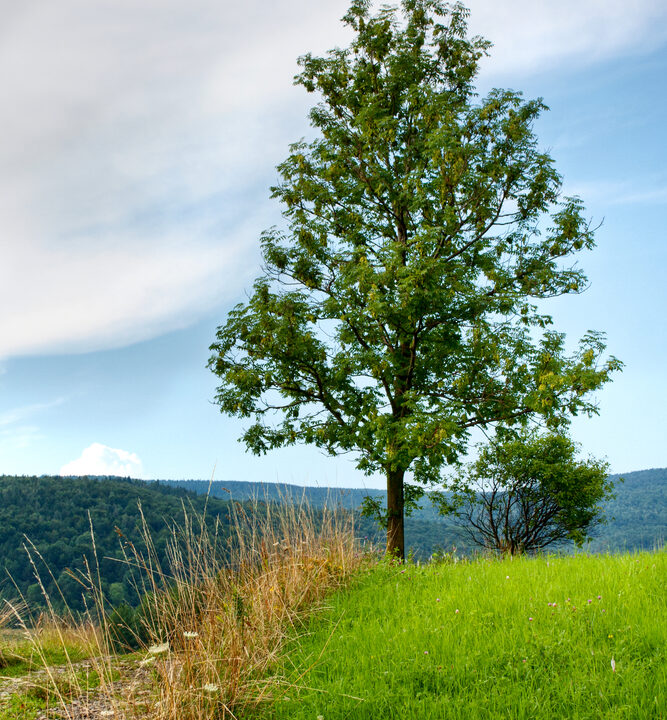After the current storms many farmers will be operating chainsaws to remove fallen trees and this can be a dangerous job. According to David Trant of Teagasc training in the skills for safe chainsaw use is essential.
“The skills learned must be practised to perfection. Casual users must know their limitations. There are many high risk and highly likely hazards associated with chainsaw use. Some common hazards are: you can cut yourself, kick-back, noise, vibrations, eyes injuries, the chain can derail/break, head injuries, back injuries, crushing under falling tree and so on. Clear felling, Wind throw, Pushed and trapped timber is a job for a professional chainsaw operator.”
The latest Teagasc advice is as follows
Chainsaw safety/clothing and equipment
Safety footwear/steel toecap/ Kevlar, chainsaw trousers/11 layers of polyamide to foul up and stop the chain, chainsaw gloves/Kevlar on back of left hand, safety helmet for head protection which also carries ear muffs and eye protection visor. Never use the saw without wearing safety gear. Clearly marked correctly working on/off switch, chain break, front handle guard, throttle trigger lockout, safety spring loaged throttle, vibration damping, exhaust which directs fumes upwards and away from operator, chain catcher to catch chain in event of chain breaking, rear handle guard to protect the right hand in event of chain breaking, safety chain.
Basic chainsaw handling and maintenance
Follow instructions in the manual, use a clean air filter every day, keep the chain tight (never tighten a chain when hot), make sure the chain is receiving oil, grease the sprocket nose when refuelling, check the operation of the chain break and other safety mechanisms, carry the commonest spare parts with you. Keep the chain sharp, ideally sharpening it every time you refuel. The file, file holder, and depth gauge tool must be the correct size for the chosen chain.
- Keep the saw close to the body when in use
- Keep the thumb of the left hand under the front handle at all times
- Avoid cutting with the upper nose of the guide bar
- Use full throttle when making a cut
- Use the chain break as intended
- Do not overreach or cut above shoulder height
Avoiding kickback:
According to Trant, never use a saw without a chain brake, hold the saw firmly, stand firmly on two feet, never saw above shoulder height, know where the nose of the guide bar is at all times.
“Never let the nose of the guide bar inadvertently contact a log, branch or other such obstruction, cut only at right engine speed, and use a low kickback safety chain,” he said.
Teagasc also advises to follow safe recommended starting procedures ie no “yo-yo” starts. “It is important to check with your Insurer that a person(s) carrying out this type of work is covered or that they have insurance cover for such operations,” noted Trant. “If in doubt – check with your solicitor/insurer in relation to liability and the duties required of the land owner where he invites/allows a person onto his/her farm to cut timber.”
